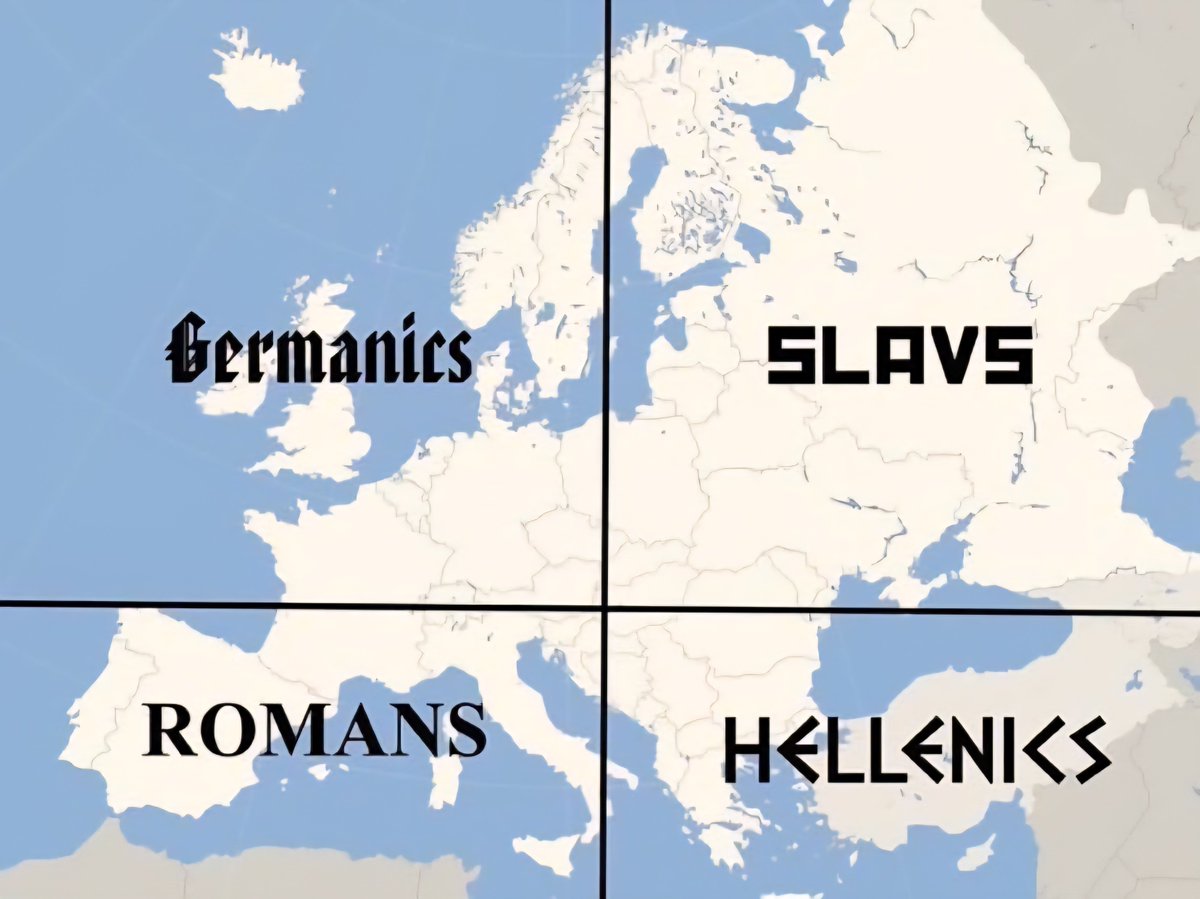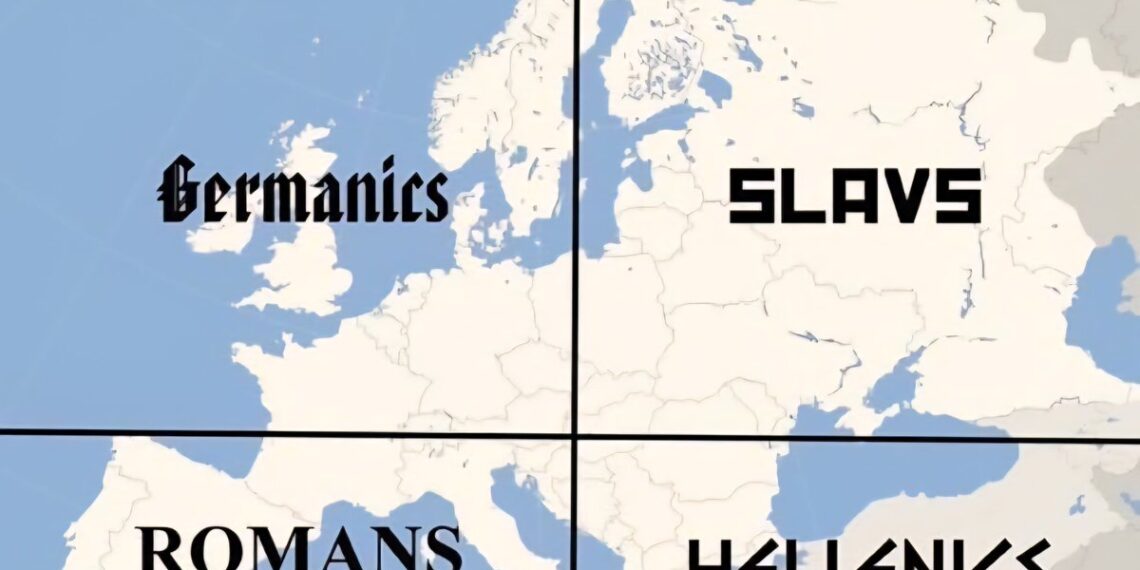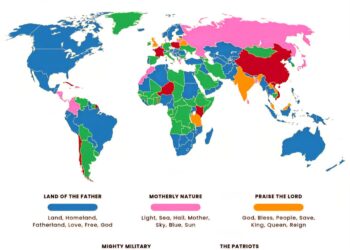Select Language:
The 4 Europes: A Breakdown of the Continent’s Diverse Regions in 2025

Europe today is more diverse than ever, a patchwork of cultures, economies, and landscapes. The concept of “The 4 Europes” captures this multifaceted reality, illustrating the continent’s regional differences that shape its social, political, and economic fabric. Here’s an in-depth look at what defines each of these four Europes in 2025.
Western Europe: The Economic Powerhouse
Western Europe remains a global economic leader, characterized by thriving industries, technological innovation, and high living standards. Countries like Germany, France, the Netherlands, and Belgium exemplify this region’s prosperity.
Key Features:
- Robust Economy: Western Europe enjoys strong GDP growth driven by advanced manufacturing, finance, and tech sectors.
- High Quality of Life: Citizens benefit from comprehensive healthcare, education, and social safety nets.
- Political Stability: The region often leads in political stability, although recent shifts towards populism have prompted debates over immigration and sovereignty.
- Technological Innovation: The region is at the forefront of renewable energy, AI development, and sustainable urban planning.
Despite its strengths, Western Europe’s focus on maintaining economic stability has led to concerns about social inequality and integration challenges, especially amid the ongoing migration discussions.
Southern Europe: The Mediterranean Charm
Southern Europe, including nations like Italy, Spain, Greece, and Portugal, is renowned for its rich history, vibrant cultures, and picturesque landscapes. However, this region faces distinct economic and social challenges.
Key Features:
- Tourism-Driven Economies: The region heavily depends on tourism, which fuels local businesses but makes economies vulnerable to global crises like pandemics or geopolitical tensions.
- Economic Struggles: Persistent unemployment rates, especially among youth, and national debt levels hamper economic growth.
- Cultural Richness: Iconic landmarks, culinary traditions, and festivals make Southern Europe a hub of cultural tourism.
- Climate Challenges: Rising temperatures and climate change threaten agriculture and coastal areas, demanding adaptive strategies.
Southern Europe’s resilience often hinges on balancing its cultural gems with economic modernization and climate resilience efforts.
Eastern Europe: The Emerging Markets
Eastern Europe is increasingly recognized for its rapid growth, technological advancement, and strategic positioning within global markets. Countries like Poland, Hungary, Romania, and the Czech Republic are spearheading this transformation.
Key Features:
- Growing Economies: These nations enjoy steady GDP growth fueled by manufacturing, tech, and service industries.
- Attractive Investment Destinations: Competitive wages and access to European markets attract foreign direct investment.
- Cultural Richness & Diversity: The region boasts deep historical roots, diverse languages, and vibrant traditions.
- Geopolitical Importance: Eastern Europe’s proximity to Russia and the Middle East influences its political landscape, with ongoing efforts to bolster security and alliances within NATO and the EU.
Meanwhile, political shifts and debates over democratic practices continue to shape the region’s trajectory, underlining an area in transition.
Northern Europe: The Innovators and Environmental Leaders
Northern Europe encompasses Scandinavian countries like Sweden, Norway, Finland, and Denmark, known for their innovative spirit and strong environmental policies.
Key Features:
- Sustainable Practices: Leading in renewable energy, circular economies, and environmentally friendly urban planning.
- High-Tech and Innovation: Centers for IT, biotech, and green technology development.
- Social Equality: Typically top-ranked in global indices for education, gender equality, and quality of life.
- Stable Political Climate: Generally viewed as politically stable, with high levels of civic participation.
Despite their wealth and stability, Northern Europe’s economies face challenges related to integration of immigrant populations and transitioning to fully renewable energy sources.
The Path Forward: Unity in Diversity
The concept of “The 4 Europes” underscores how Europe’s regional identities influence its global role and internal cohesion. As 2025 progresses, there’s a growing emphasis on fostering collaboration across these regions to address shared challenges like climate change, migration, and economic inequality.
While disparities remain, Europe’s strength lies in its diversity—each “Europe” contributing uniquely to the continent’s collective future. Recognizing and respecting these differences is vital for a united, resilient Europe in the years ahead.






